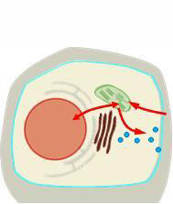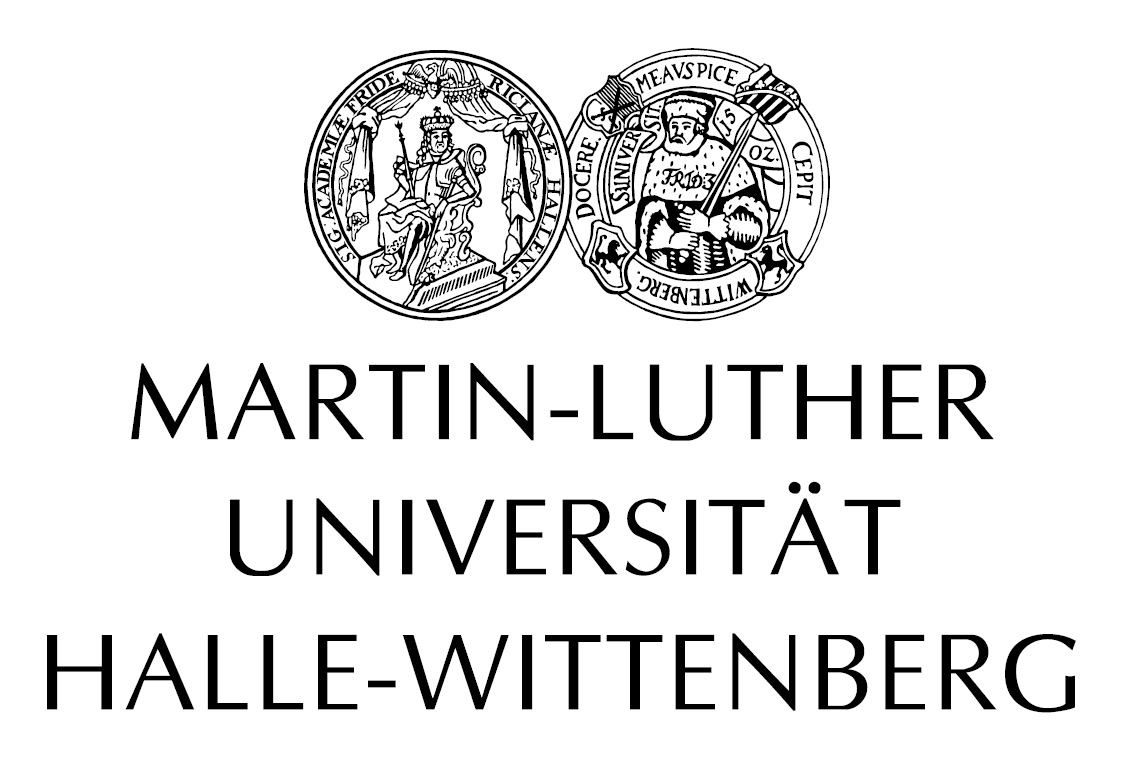// P04

Intercompartmental signaling of external phosphate status
Project Leader// Prof. Dr. Steffen Abel
Co-Supervisor// Dr. Christin Naumann
Leibniz Institute of Plant Biochemistry
Department of Molecular Signal Processing
Nutrient Sensing
Phosphate (Pi) and its anhydrides are major nodes in metabolism. Thus, Pi deficiency directly impacts cellular functions and plant performance. Local Pi sensing, however, is modified by complex chemical interactions between Pi and associated metal (Fe, Al) cation toxicities. In A. thaliana, two functionally interacting genes, PDR2 and LPR1, are central to Fe-dependent Pi sensing. While LPR1, a cell wall-targeted ferroxidase, is key to local Pi monitoring, PDR2, the single ER-localized P5-type AtP5A restricts LPR1 function by unknown mechanisms. The PDR2-LPR1 module controls cell type-specific Fe accumulation and callose deposition in cell walls of apical and lateral root meristems, which impairs cell-to-cell communication and accelerates cell differentiation followed by root growth inhibition in low Pi. While carbon and nitrogen starvation induce macro-autophagy, local Pi limitation triggers ER stress and ER stress-mediated autophagy, which are dependent on PDR2/AtP5A. In addition to de novo formation of autophagosomes, the ER surface facilitates and guides early steps of posttranslational protein targeting from the cytosol to the outer mitochondrial membrane by a process termed ER-SURF. Likewise, ER-mitochondria contact sites, established by specific tethering complexes, the so-called ER-mitochondria encounter structure (ERMES), coordinate the functions of both organelles and are crucial for the biogenesis of membrane proteins, lipid homeostasis, selective autophagy (mitophagy), and inter-compartmental communication. As the ER is connected with all cellular organelles and the plasma membrane (PM) via so-called membrane contact sites (MCS), such contacts of the ER are likely crucial for integrating cell wall integrity sensing and intracellular signaling cascades. Recent data on PDR2/AtP5A orthologues in S. cerevisiae (Spf1p) and C. elegans (CATP-8) revealed a function of P5A-type ATPases in the ER as transmembrane helix dislocases, which mediate the extraction of mistargeted (mitochondrial) tail-anchored membrane proteins. We therefore propose PDR2/AtP5A to be an important mediator for communicating external nutrient (Pi) status across the PM to cellular compartments. Research in this project aims to address the following work packages:
- Involvement of ER-organelle communication in local Pi sensing
- Interplay of ER-resident PDR2/AtP5A and mitochondrial proteins
- Role of PDR2 in compartmental networks



